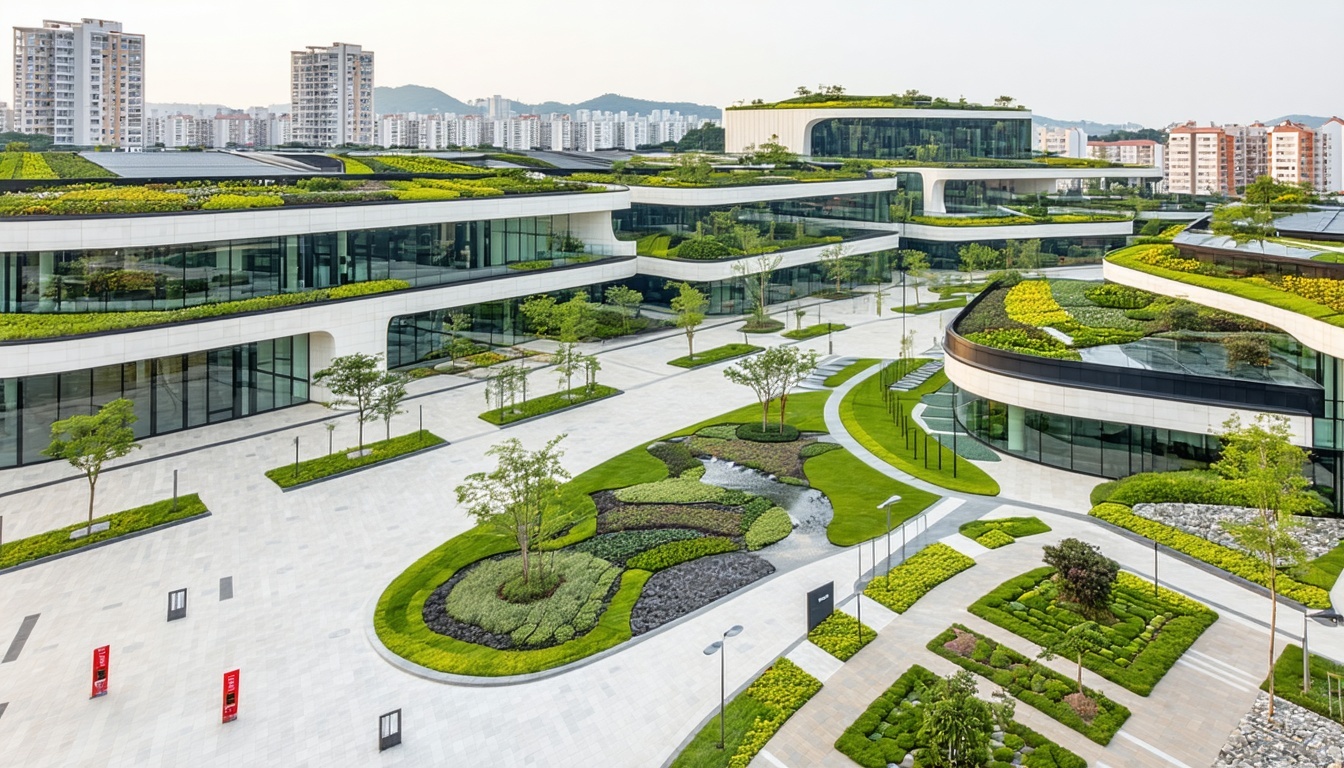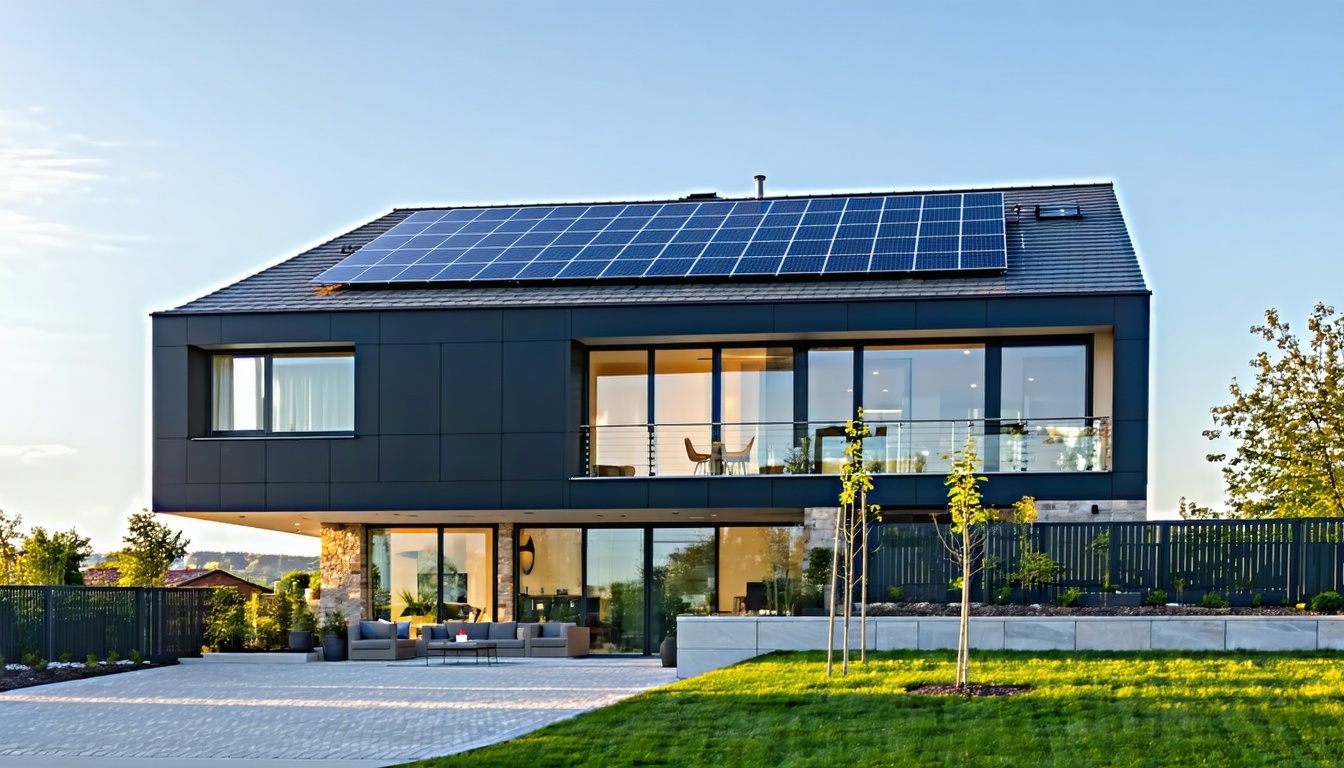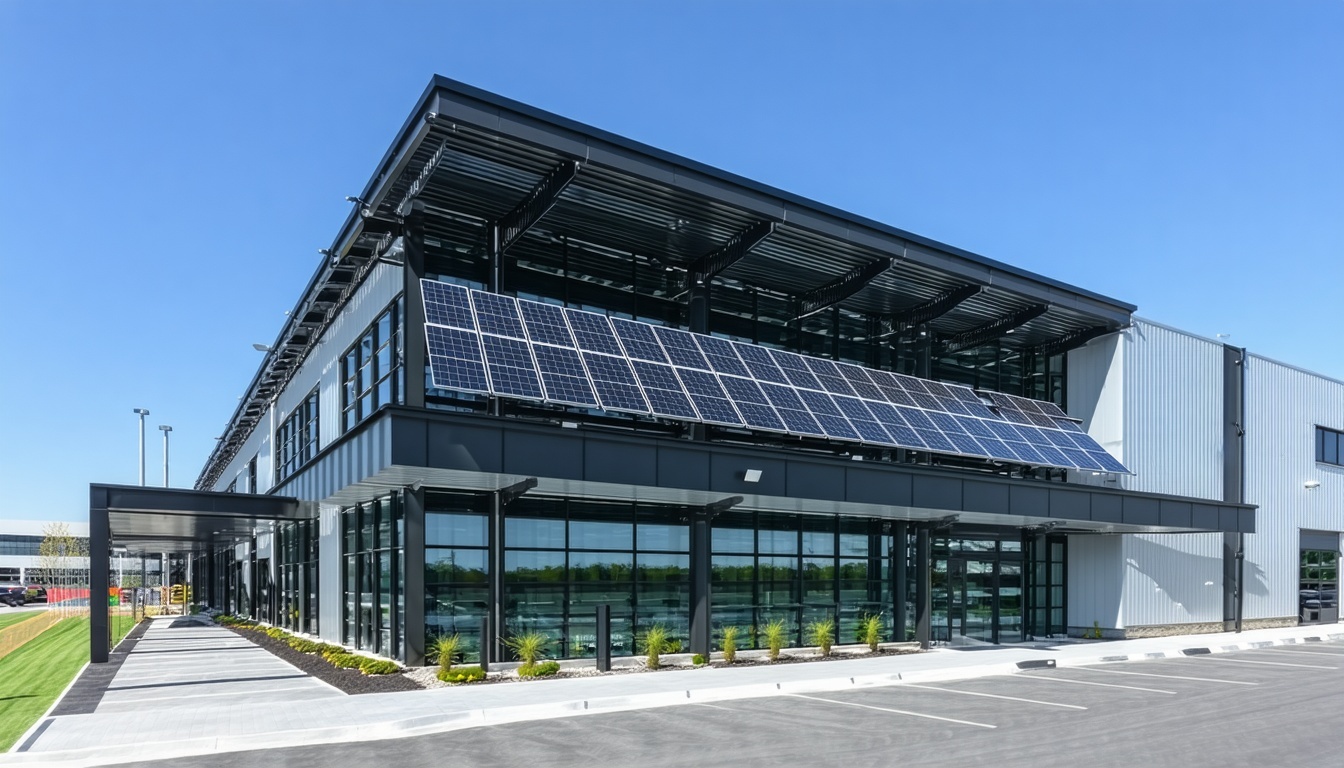Explore the transformative impact of Water Sensitive Urban Design (WSUD) on urban planning and learn how Certified Energy helps your projects comply with stringent WSUD standards.
The Core Principles and Purpose of Water Sensitive Urban Design
Water Sensitive Urban Design (WSUD) is a holistic approach to urban planning that aims to integrate the management of the entire water cycle into urban development. The primary goal of WSUD is to minimise the environmental impact of urbanisation by managing stormwater, wastewater, and water supply in a sustainable manner. This involves designing urban spaces in a way that enhances the natural water cycle, reduces runoff, and improves water quality.
The core principles of WSUD encompass several key objectives: reducing the volume and rate of stormwater runoff, improving water quality, promoting water conservation, and enhancing the amenity and biodiversity of urban environments. By integrating these principles into the planning and design of urban areas, WSUD contributes to creating resilient, liveable cities that are better equipped to handle the challenges of climate change and population growth.
If you would like practical strategies and up-to-date insights for achieving WSUD compliance, please visit our WSUD service page. There, you will find detailed guides, project examples and expert advice to help you successfully incorporate sustainable water management into your next development
Key Features of WSUD: Integrating Sustainability into Urban Development
WSUD employs a variety of features and technologies to achieve its sustainability goals. Some common WSUD features include:
1. Rain Gardens: These are shallow, vegetated basins that capture and treat stormwater runoff from impervious surfaces. They help reduce runoff volume, improve water quality, and enhance urban biodiversity.
2. Permeable Paving: This type of pavement allows water to infiltrate through the surface, reducing runoff and promoting groundwater recharge. It is particularly useful in urban areas with high levels of impervious surfaces.
3. Vegetated Swales: These are shallow, vegetated channels that convey and treat stormwater runoff. They slow down the flow of water, allowing for sedimentation and filtration of pollutants.
4. Rainwater Tanks: These tanks collect and store rainwater from rooftops for non-potable uses such as irrigation, toilet flushing, and washing. This reduces demand on mains water supply and helps manage stormwater runoff.
5. Green Roofs: These are vegetated roof systems that absorb rainwater, provide insulation, and create habitat for urban wildlife. They also reduce the urban heat island effect and improve air quality.
By incorporating these features into urban development projects, WSUD promotes sustainable water management practices that benefit both the environment and the community.
Legal and Planning Requirements for WSUD in Australia
In Australia, the implementation of WSUD is guided by various legal and planning requirements. These regulations ensure that urban development projects incorporate sustainable water management practices to protect the environment and public health.
In Victoria, Clause 22.23 of the Planning Scheme outlines the requirements for stormwater management in urban development. This clause emphasises the need for WSUD principles to be integrated into the design and construction of new developments. Similarly, Clause 15.01-2S focuses on the integration of environmental sustainability into urban planning, highlighting the importance of WSUD in achieving sustainable outcomes.
In New South Wales (NSW), local councils have established specific guidelines and policies to promote WSUD. These include requirements for managing stormwater runoff, reducing pollutant loads, and incorporating water-efficient design features into new developments. Compliance with these regulations is essential for obtaining development approvals and ensuring that projects meet environmental standards.
Understanding and adhering to these legal and planning requirements is crucial for developers to avoid costly delays and retrofits. Early integration of WSUD principles into the design process can streamline approvals and contribute to the overall success of the project.
Certified Energy’s Approach to Ensuring WSUD Compliance
At Certified Energy, we understand the importance of WSUD in achieving sustainable urban development. Our team of experts is dedicated to helping clients navigate the complex regulatory landscape and achieve WSUD compliance for their projects.
Our approach to WSUD reporting involves providing fast, accurate, and council-ready assessments that integrate with Sustainability Design Assessment (SDA), Sustainable Management Plans (SMP), and STORM tools where applicable. This comprehensive approach ensures that all aspects of water management are considered, from stormwater treatment to water conservation and reuse.
We work closely with developers, architects, and engineers to incorporate WSUD principles into the early stages of project design. This proactive approach helps to identify potential challenges and develop effective solutions, reducing the risk of costly retrofits and ensuring timely project completion.
Certified Energy’s WSUD assessments are tailored to meet the specific requirements of each project, whether it be a subdivision, townhouse development, or medium-density residential project. Our detailed reports provide clear guidance on how to achieve compliance with local council expectations and relevant planning clauses, ensuring that projects meet both regulatory and environmental goals.
Overcoming Common Challenges in WSUD Implementation
Implementing WSUD principles in urban development projects can present several challenges. These include managing runoff on small sites, coordinating with hydraulic engineers, and ensuring compliance with diverse regulatory requirements.
One common challenge is managing stormwater runoff in densely developed urban areas with limited space. Certified Energy addresses this by recommending innovative WSUD solutions such as green roofs and permeable paving, which can be effectively integrated into small sites to reduce runoff and enhance sustainability.
Coordination with hydraulic engineers is another critical aspect of WSUD implementation. Our team collaborates closely with these professionals to ensure that WSUD features are seamlessly integrated into the overall water management strategy of the project. This collaborative approach helps to optimize the performance of WSUD systems and achieve desired environmental outcomes.
Navigating the complex regulatory landscape can also be challenging for developers. Certified Energy’s expertise in WSUD compliance ensures that clients are well-informed of the relevant legal and planning requirements. Our detailed assessments and reports provide clear, actionable recommendations that help clients achieve compliance and avoid potential issues during the approval process.
By addressing these common challenges, Certified Energy helps clients successfully implement WSUD principles, creating sustainable, liveable urban environments that benefit both the community and the environment.







